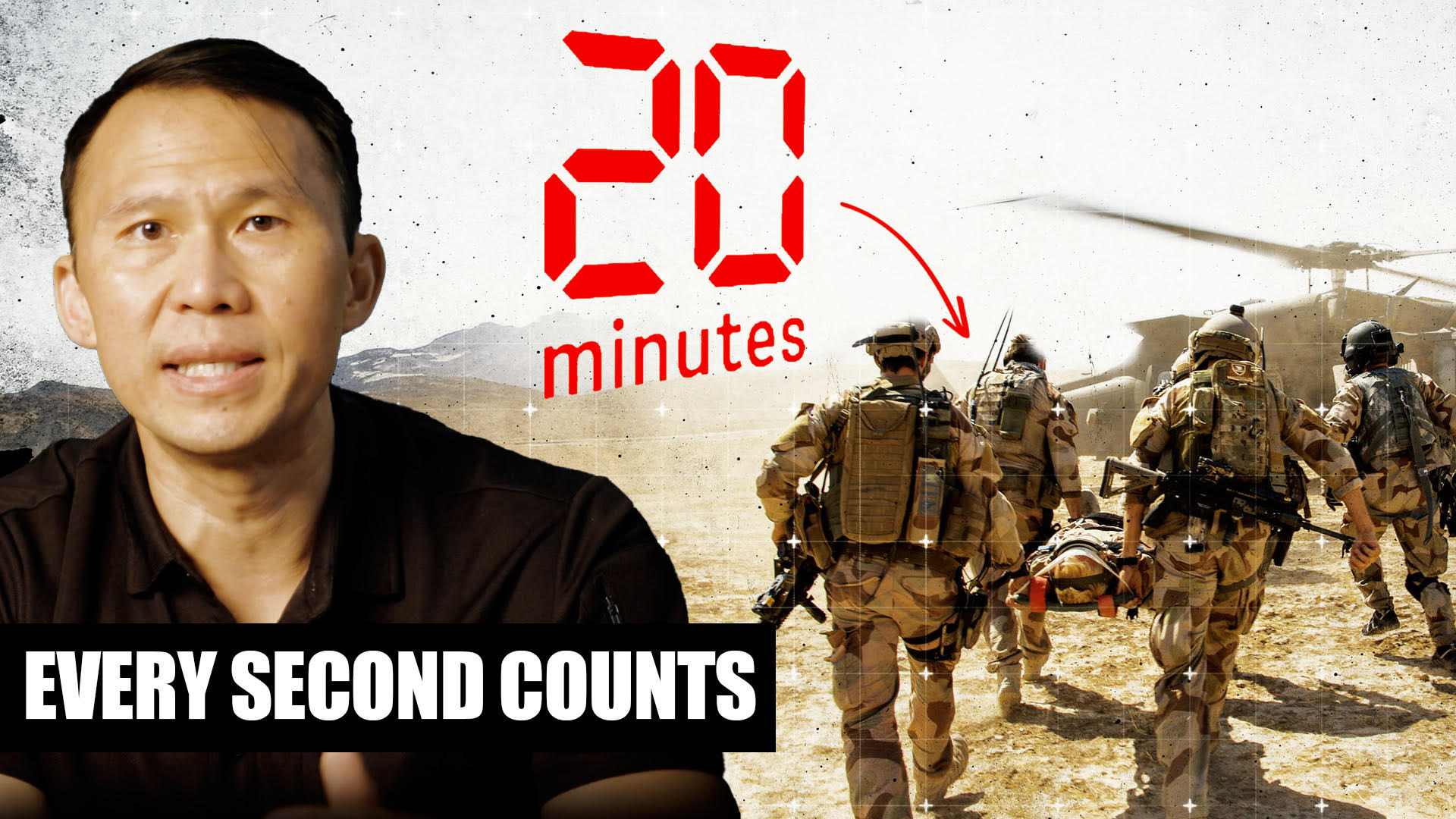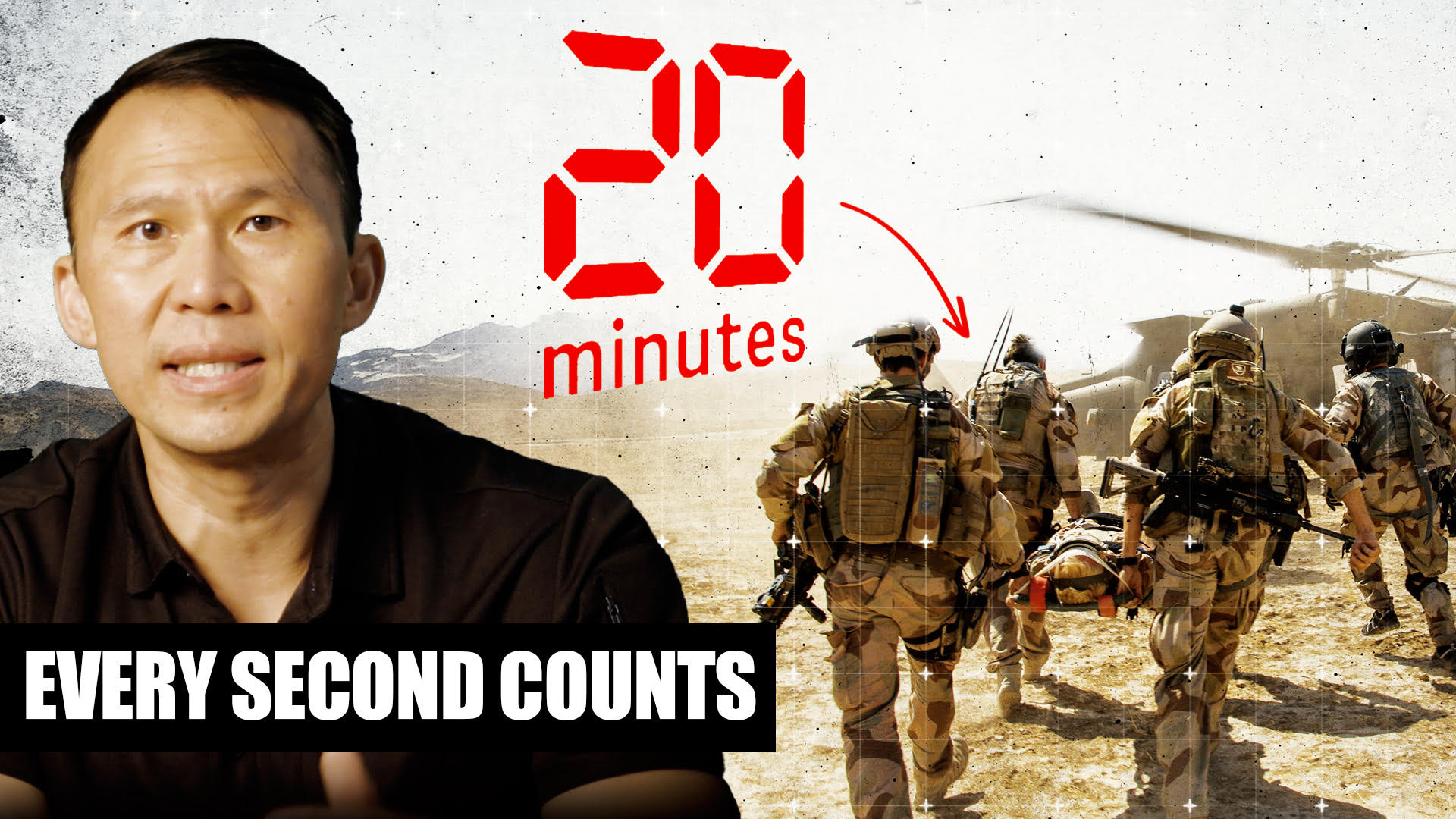

During the post-9/11 wars, the US military came as close to perfecting near-immediate trauma care on the battlefield as the chaos of combat would allow.
No matter how a soldier was injured, if a medic was nearby, the odds were in their favor. Air superiority, MEDEVAC helicopters, Combat Support Hospitals, and Forward Surgical Teams meant combat casualties had a good chance to meet “the golden hour” — the race to get a trauma patient into an operating room within 60 minutes.
But as the wars dragged on, evidence came in that perhaps the Golden Hour wasn’t the ideal measure. A case study published in the Journal of Special Operations Medicine Spring 2019 issue found that 95% of early deaths resulting from traumatic injuries may have been prevented if the patient had undergone damage control surgery within 23 minutes of injury, not a full hour.
While the Golden Hour created the infrastructure of the modern U.S. military’s battlefield medical doctrine, its era is likely over.
In future conflicts, medical evacuation is aiming to be much faster — more like 20 minutes or less or — in a war without air superiority and no access to higher care, much longer.
“You may have previously heard a discussion of the ‘Golden Hour’,” Brigadier General Anthony McQueen told Task & Purpose as the commander of the Army’s Medical Research and Development Command. “We’re moving more to a ‘golden window of opportunity.’”
In this week’s Task & Purpose video, “Every Second Counts,” stand-up comedian and Army veteran Thom Tran walks through the U.S. military’s evolving approach to combat medical care, evacuation and why the ‘Golden Hour’ is really about 20 minutes.
Each week, on Tuesdays and Fridays, Task & Purpose will be bringing in military veterans to host segments on different topics. These will range from breakdowns of tactics and doctrine to explainers on new tech and weapons systems, but each will be researched, reported and reviewed by the journalists on the Task & Purpose team. As with the stories we cover on the website, these videos will look at these topics from a rank-and-file perspective. This means they’ll aim to answer questions such as: Why does this matter to a junior service member about to deploy to [name a country], or who will have to use [name a weapon system] or deal with [name a problem or threat].
If you enjoyed this week’s video, please hop on over to our YouTube channel and follow the team there.
And if you have suggestions for future topics our video team can cover, please hop in the comments and let us know.
